Why we’re running it: A switch from FWD to RWD brings better range, efficiency and drivability – but what about everyday appeal?
Month 1 - Month 2 - Month 3 - Month 4 - Specs
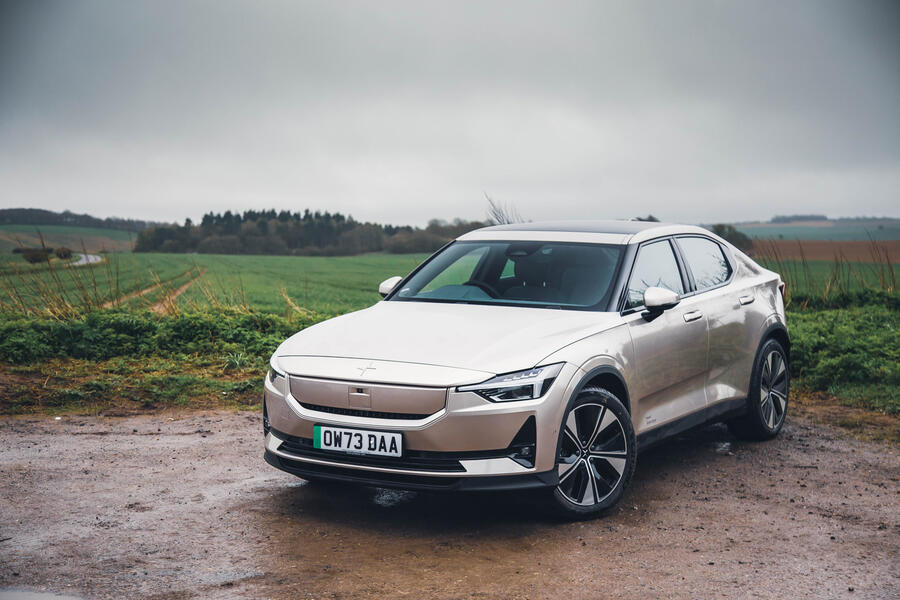
Life with a Polestar 2: Month 4
Slick EV proves its mettle on yet another long trip - 25 September
There’s nothing quite like the trepidation of a ford in the road. Will the journey end in soggy embarrassment and be followed by a large bill and pictures of my car on the local Facebook group showing the idiocy and arrogance of another out-of-towner who bit off more than they could chew?
Those thoughts were running through my head as a whopper of a river ford stood between me and the road out of Sidmouth in Devon.
A Ford of a different kind answered the question of the water’s depth: a Fiesta casually blasted through the splash, the water hardly any deeper than the sidewalls of its tyres. I followed suit and it was back to the main road.
The drive to Devon was the latest road trip of around 500 miles I’ve done in our Polestar 2 this summer. Such journeys don’t feel such a big deal now in a big-range EV like the 2, because such little extra brain power is required to work out when to charge. I set off from home with a full charge, and either one fast charge on the road or a couple of slower charges, while parked up somewhere, covers it.
There has been a notable increase in good-quality and reliable public chargers. You can typically spot the bad ones a mile off: they look large and old. Payment for charging is increasingly now contactless and apps showing charger availability and speed have become more reliable and trustworthy than ever.


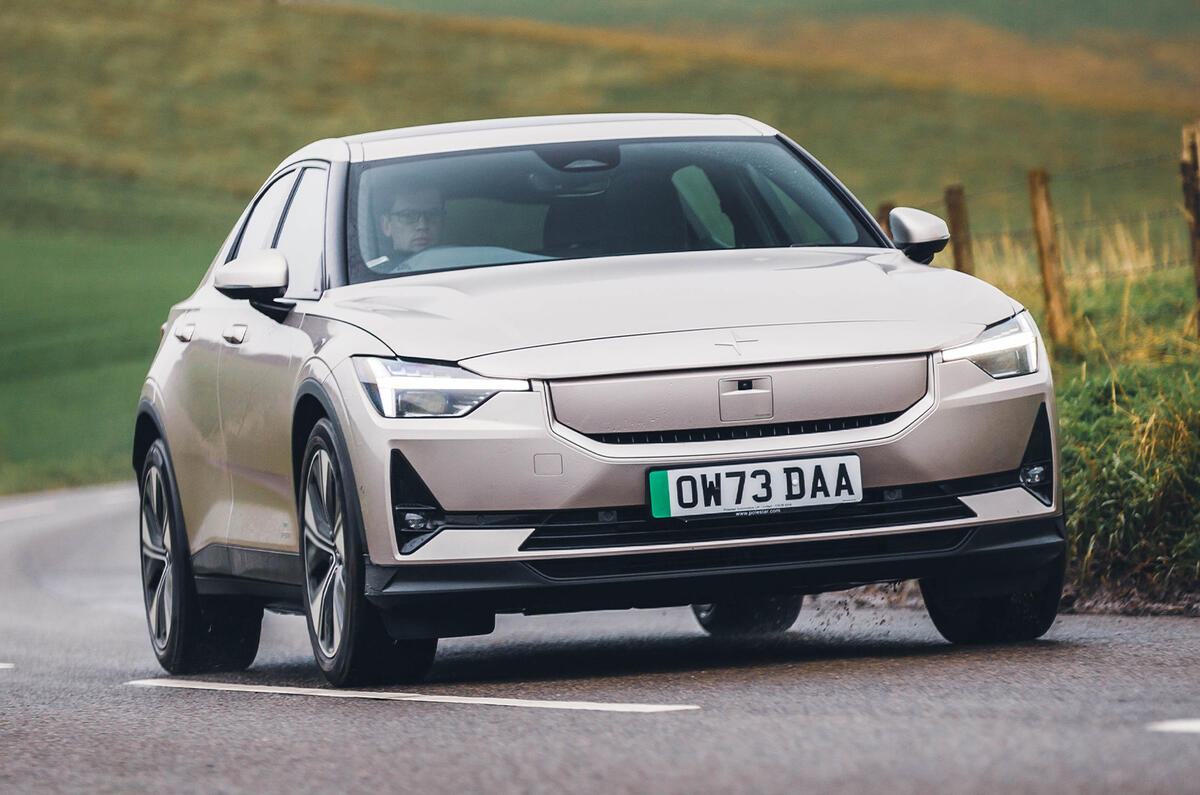
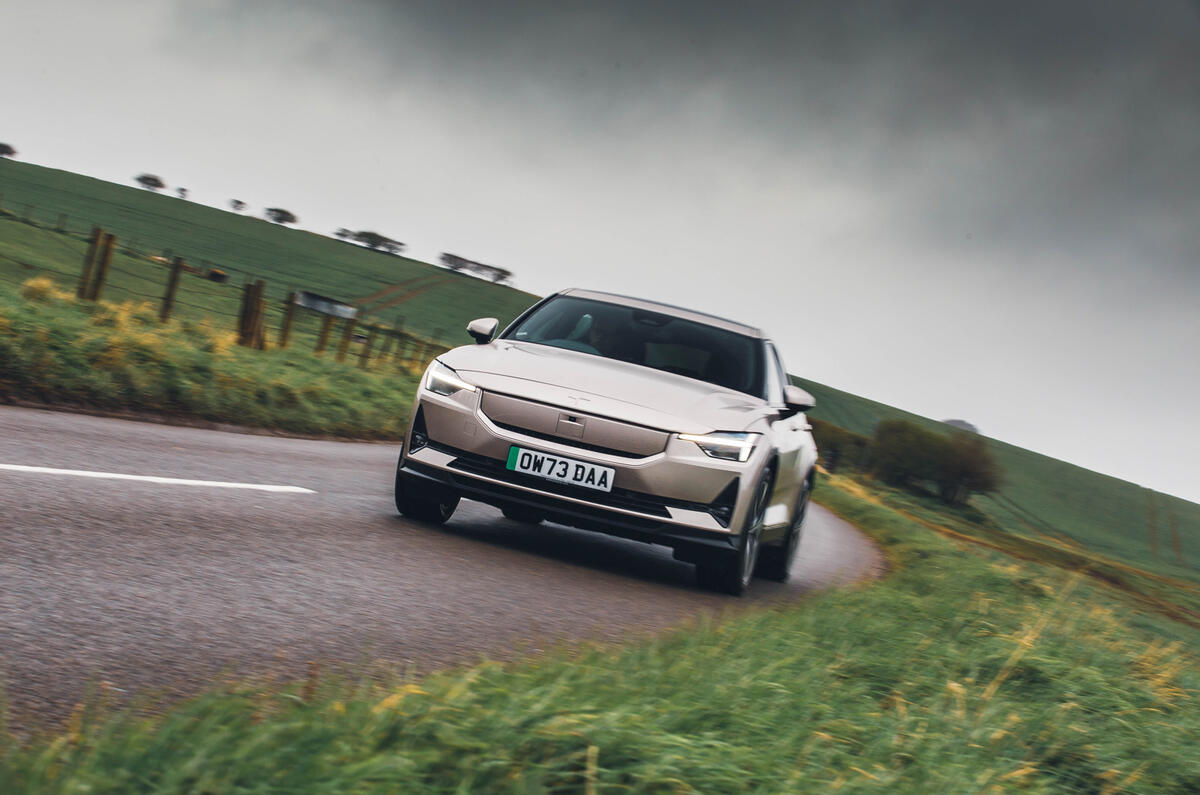
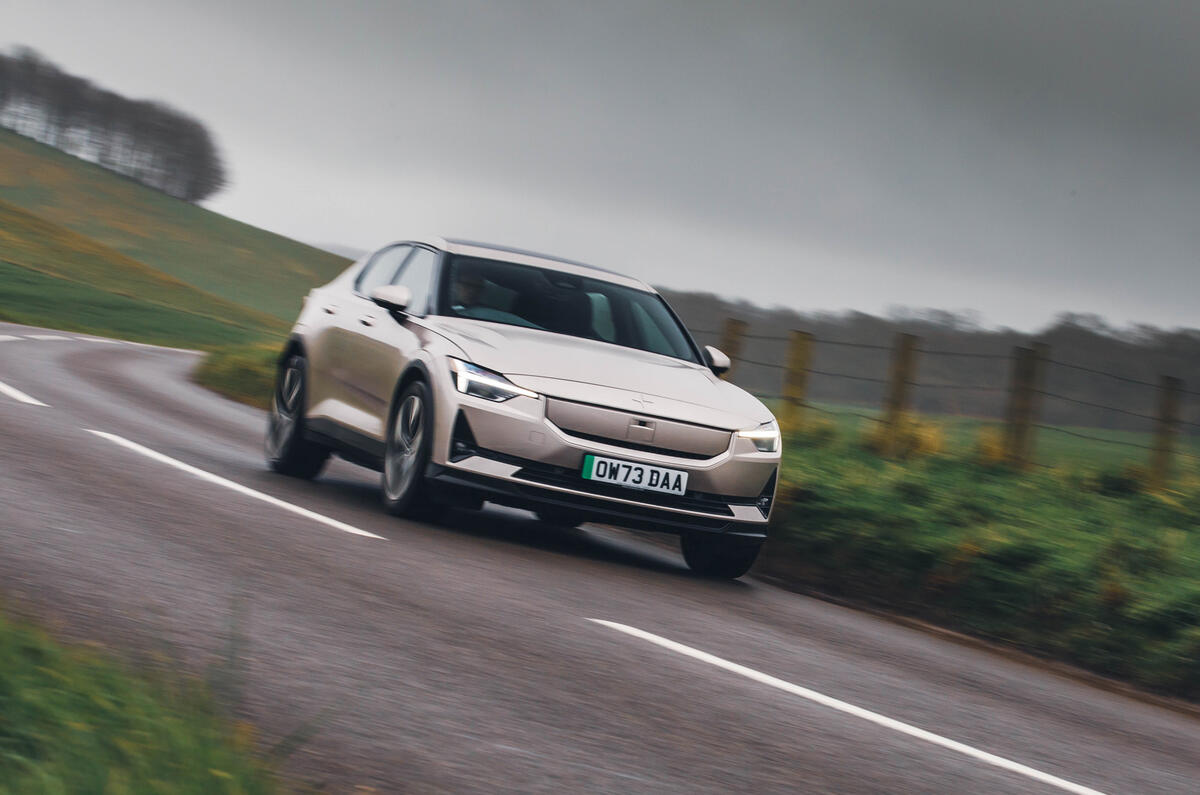

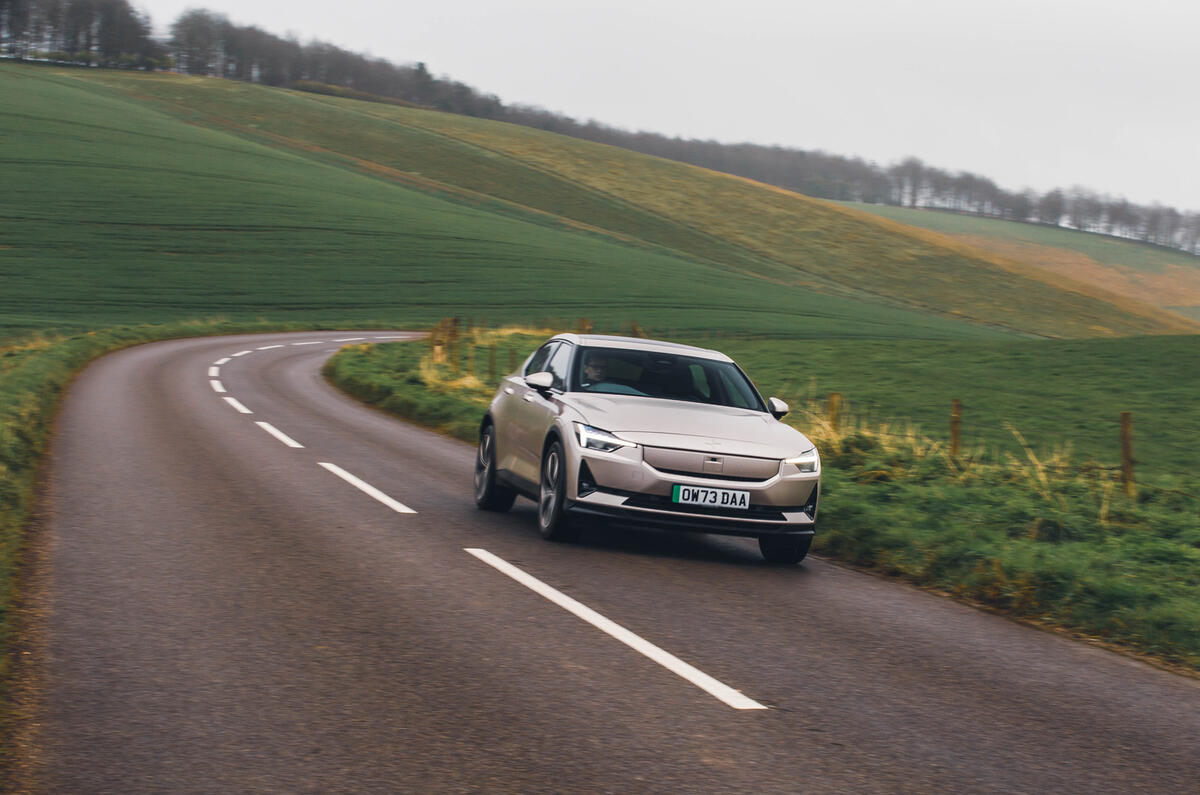
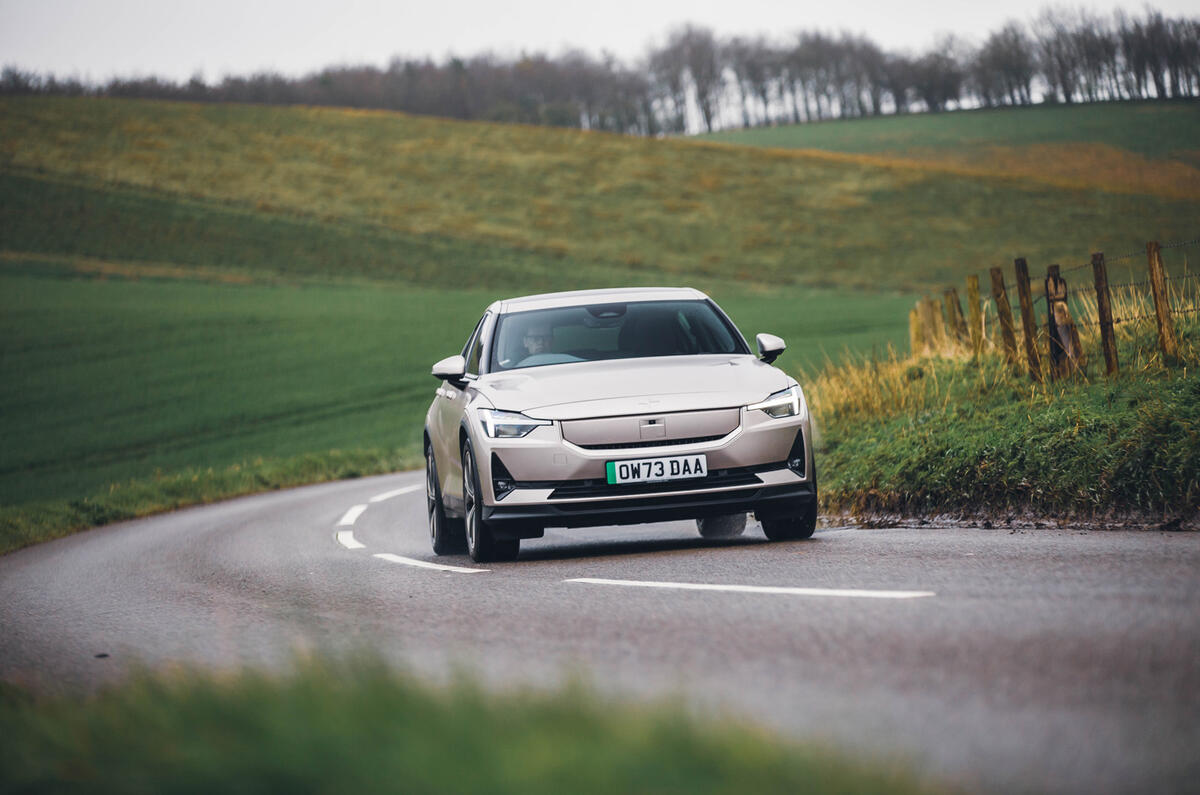
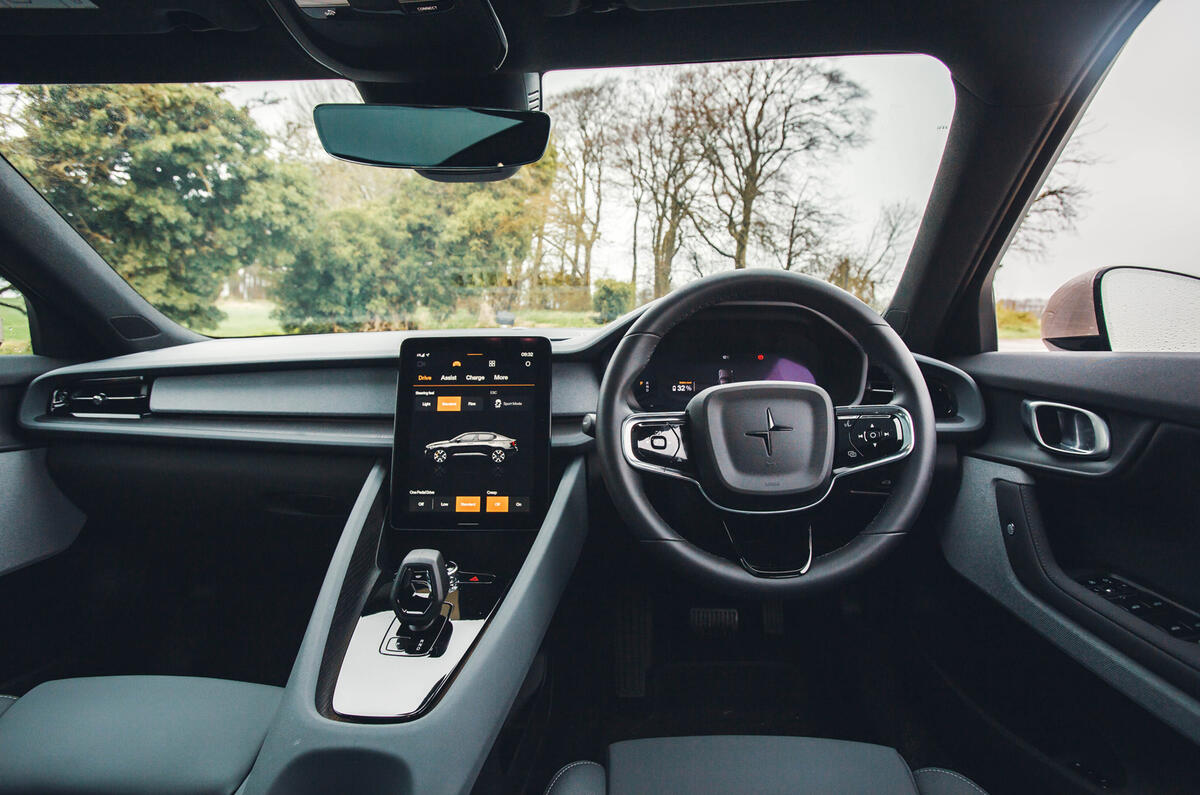
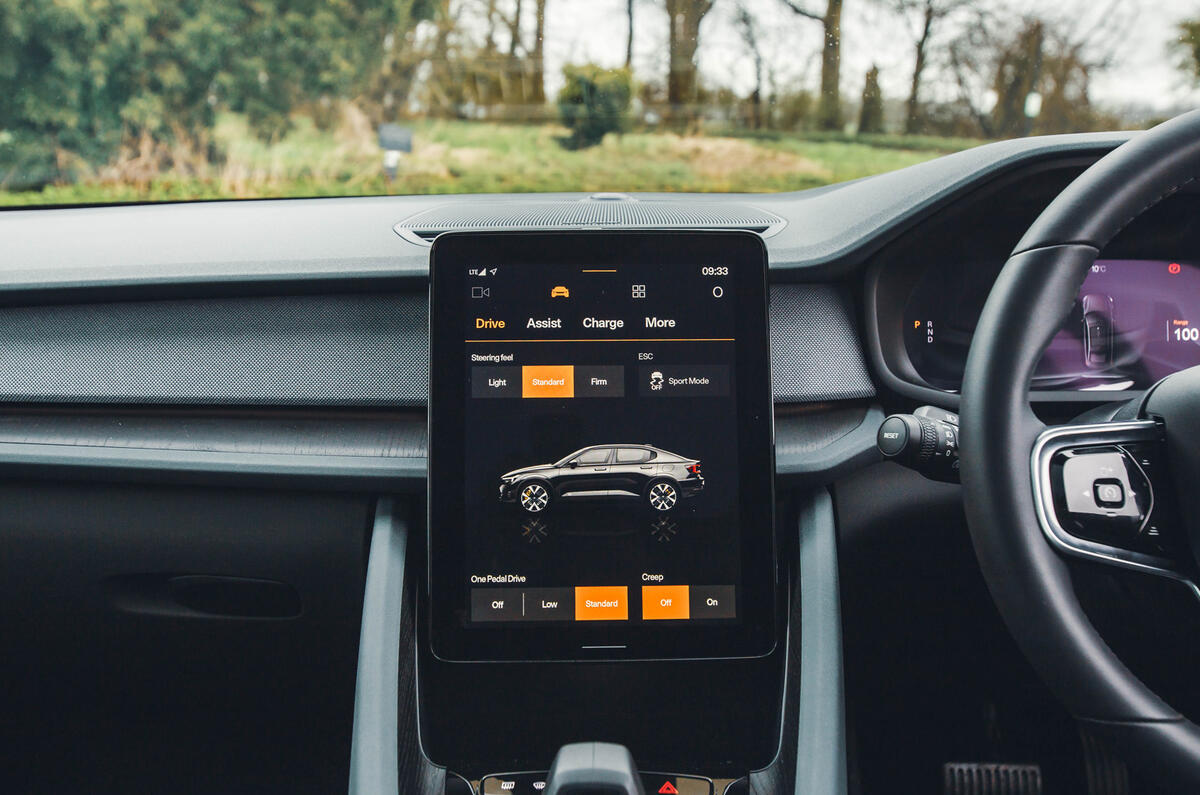
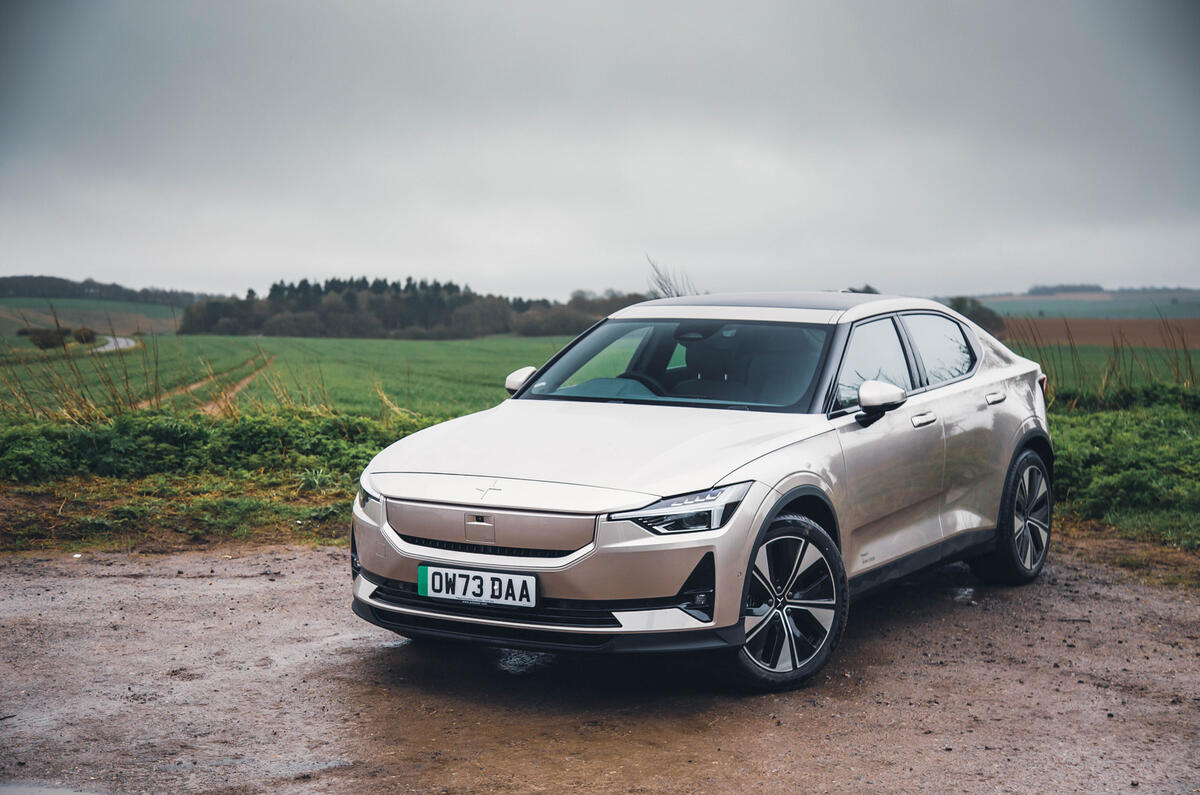

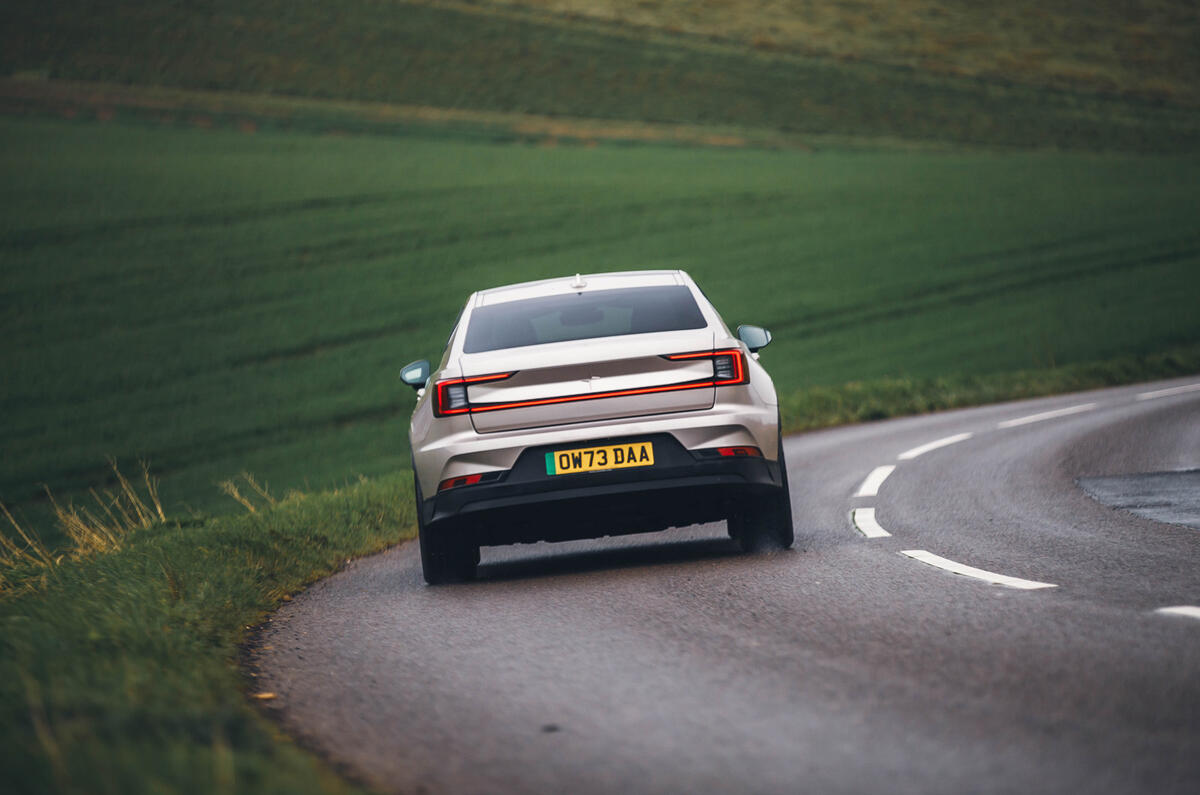

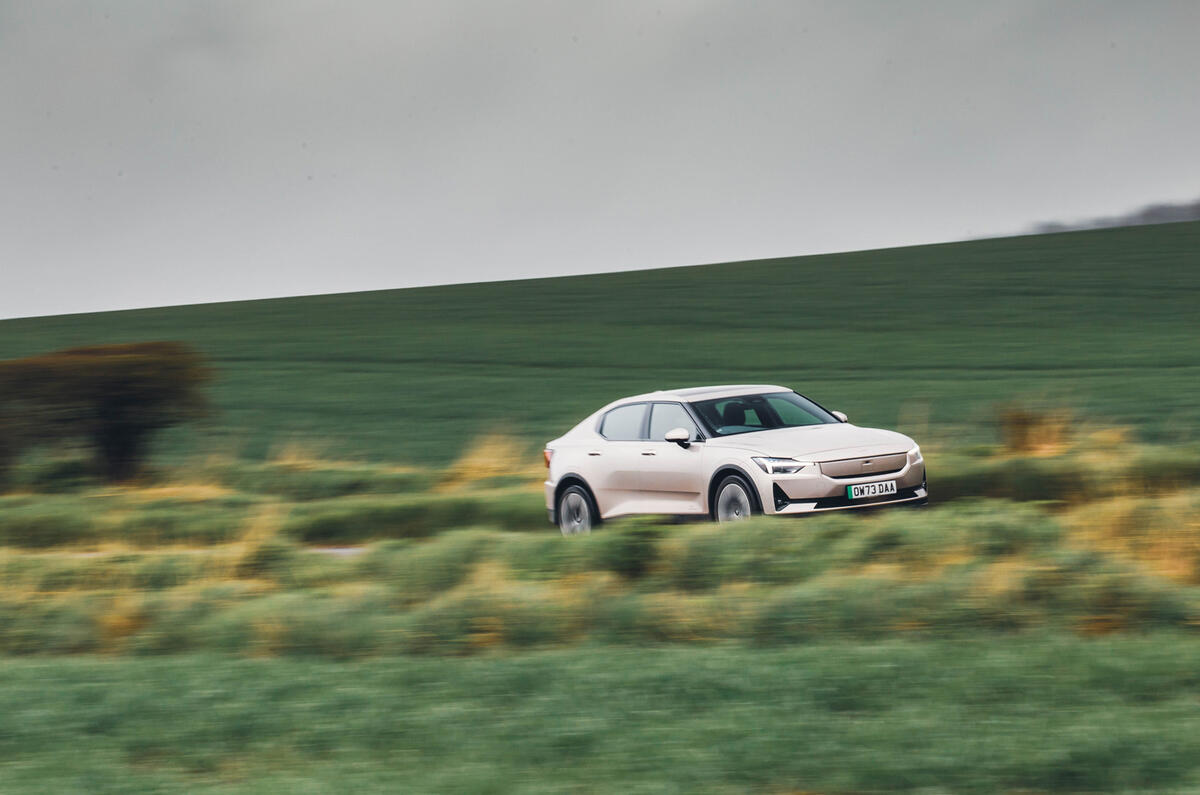
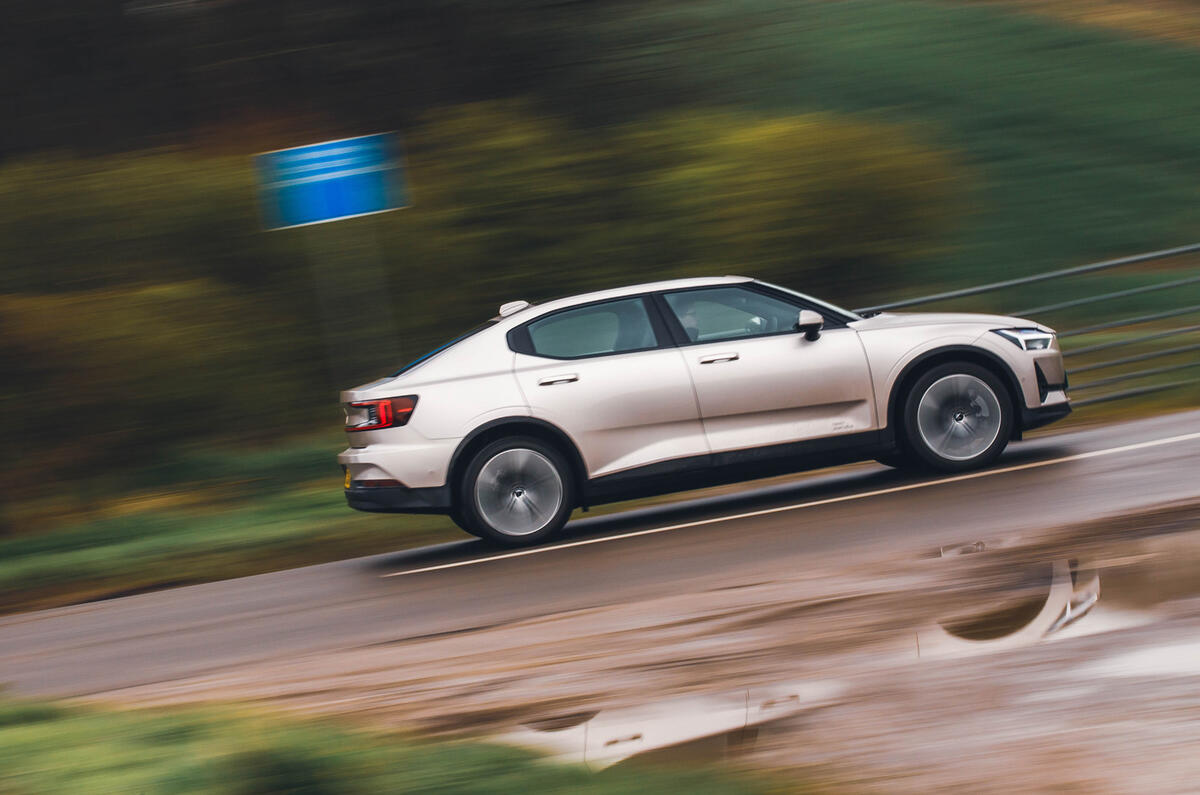
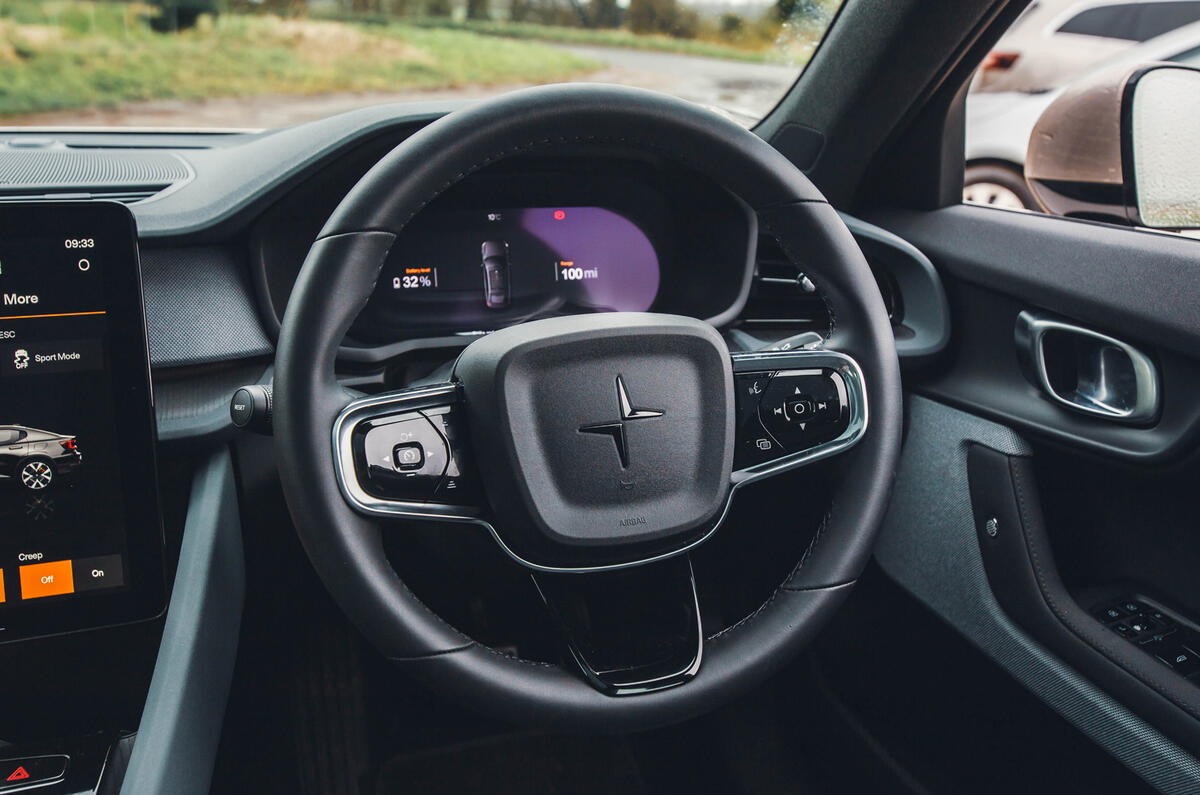
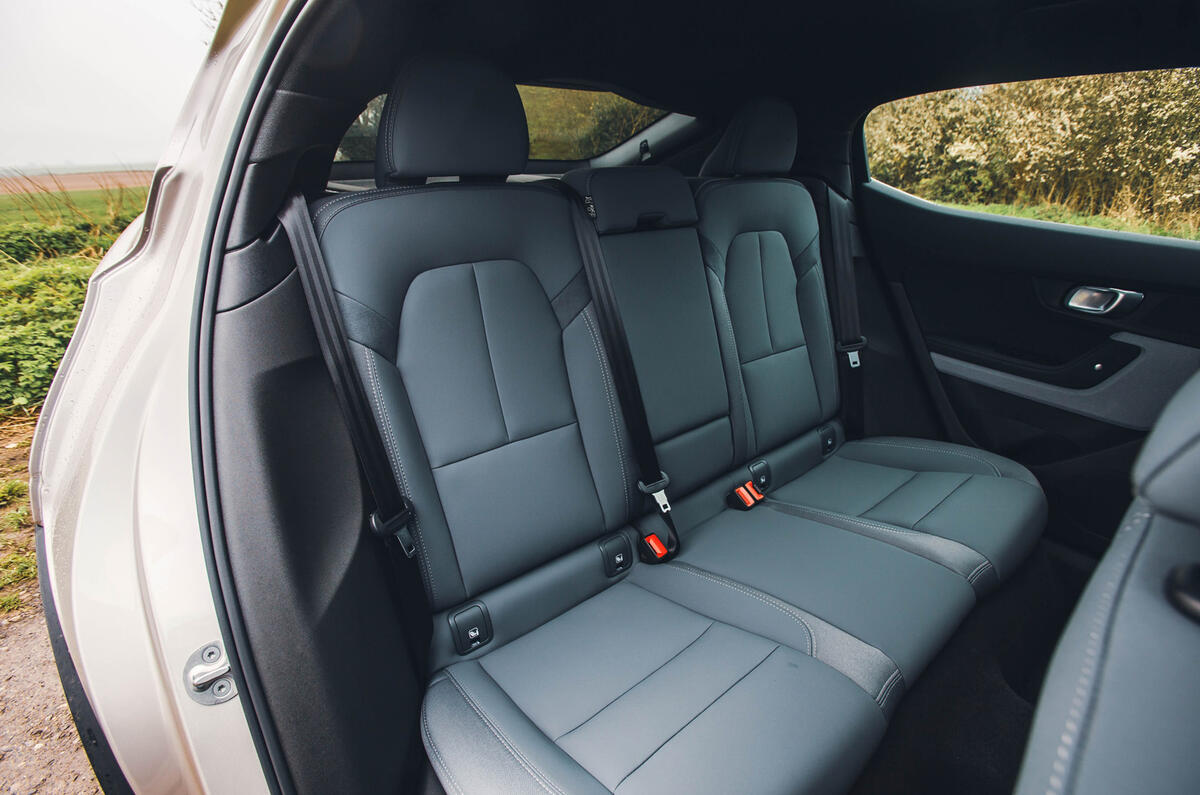

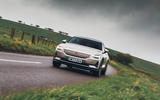


















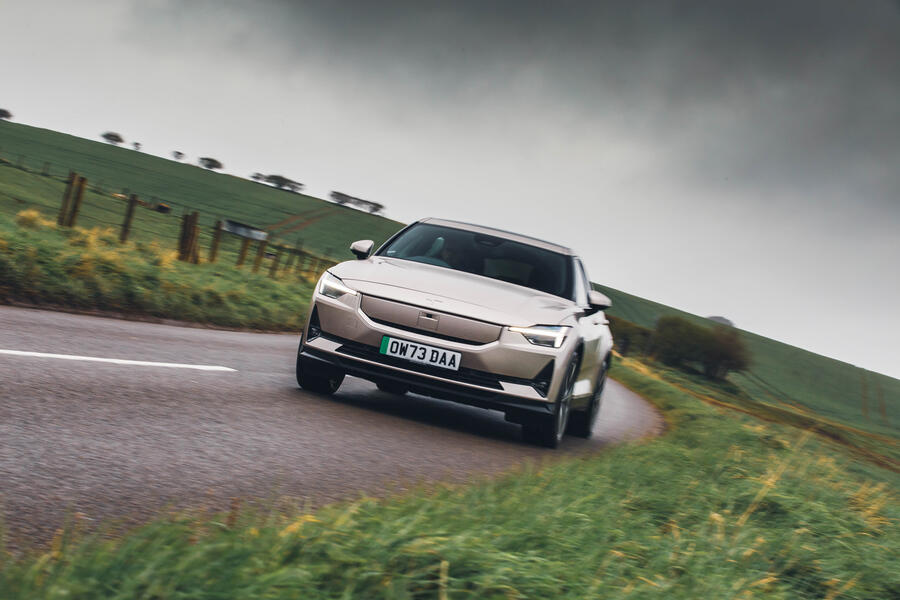
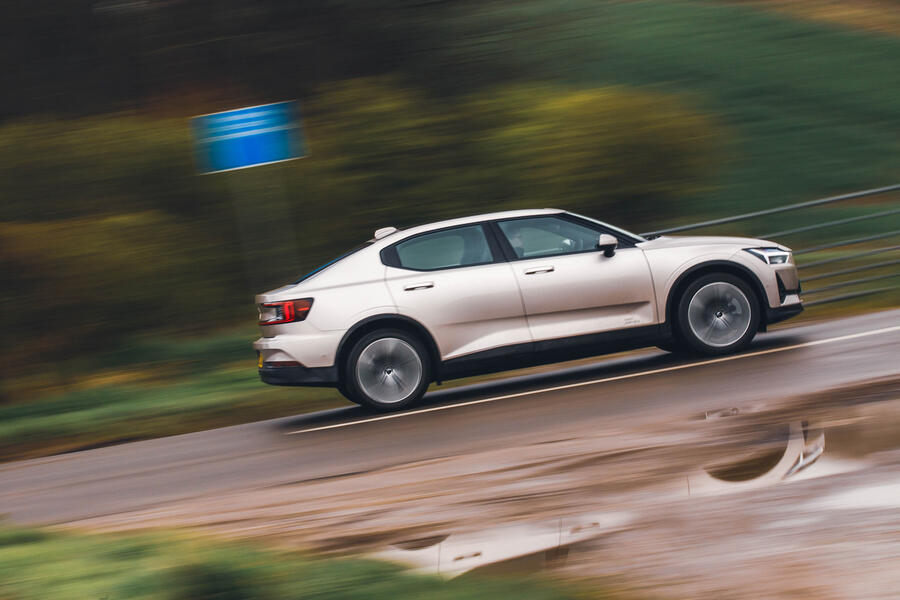







Join the debate
Add your comment
The explanation (more torque for forward motion?) about why the rear drive layout is more efficient than fwd doesn't make any sense to me, maybe there are other factors involved. I can see some advantages in ride and handling and steering to be gained by rear drive against which it's probably a disadvantage in terms of energy recovery due to the effect of braking applied to the rear wheels threatening stability.
Either way, manufacturers seem evenly split on front v rear drive when it comes to mid size EVs.
Should have had a Volvo badge, end of.